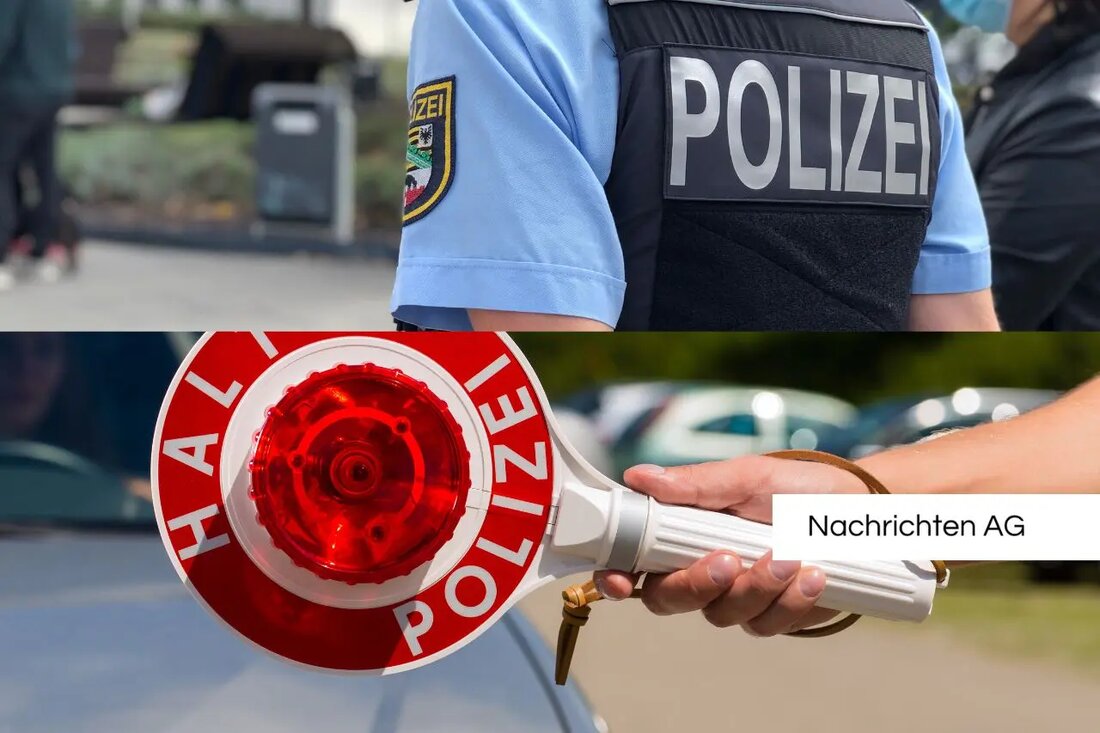Bloody clashes in Colombia: Nine soldiers fall!
Bloody clashes in Colombia: Nine soldiers fall!
In the past few days, the security Situation in Colombia has tightened again. In San José del Guaviare, at least nine soldiers have been killed in battles between alleged rebels and military units. Around ten other military people were deported by Guerilleros, such as radiherford.de The conflict situation is not new, because Colombia has been suffering from an armed conflict since 1964 that has different groups against each other.
The information about the latest fights comes from the television station RCN, which refers to reports from the armed forces. In the region, various splinter groups of the former guerrilla organization Farc are active, which did not accept the 2016 peace treaty and continue to operate underground. These groups are often involved in drug trafficking, illegal mining and protection packages, which further exacerbates instability.
The location of the security forces
The situation for the Colombian security forces has also developed dramatically. According to the Caracol Rundfunk report, a total of 18 soldiers and police officers have been killed in the past two weeks. Defense Minister Pedro Sánchez sentenced the targeted murder of police and military members who are also attacked outside of the service. This throws a serious light on the growing challenges for the Colombian army in an increasingly unpredictable environment.
The armed conflict in Colombia, which lasted 52 years, has led to over 220,000 fatalities and millions of displaced persons. The improvement of the security situation, which was found after the Peace Agreement with Farc in 2016, has proven to be fragile. Despite a total wording of the ceasefire of June 22, 2016, armed groups such as the ELN-Guerilla remain active and besiege state institutions.
background of the conflict
The conflict, which reflects numerous ethical and social tensions in Colombia, not only promotes the confined civil society, but also has international dimensions. Drug production, in particular the cultivation of cocaine, is closely linked to the activities of many armed groups. Since the end of the civil war, many areas have remained without state control, which further tightens the cycle of violence and uncertainty.
The history of Colombia is characterized by civil wars, often fought between liberal and conservative forces. Numerous conflict data such as the massacre of banana workers in 1928 or the violence between conservative and liberals in the post -war period are memories of the dramatic history. Despite the peace process and international support, political and social stability in Colombia remains a great challenge.
The dwindling chances of success of the peace negotiations illustrate the complexity of the conflict, in which the prejudices and distrust between the various actors are firmly anchored in society. The country continues to face violent arguments that threaten both the national and international reputation of Colombia.
| Details | |
|---|---|
| Quellen | |


Kommentare (0)